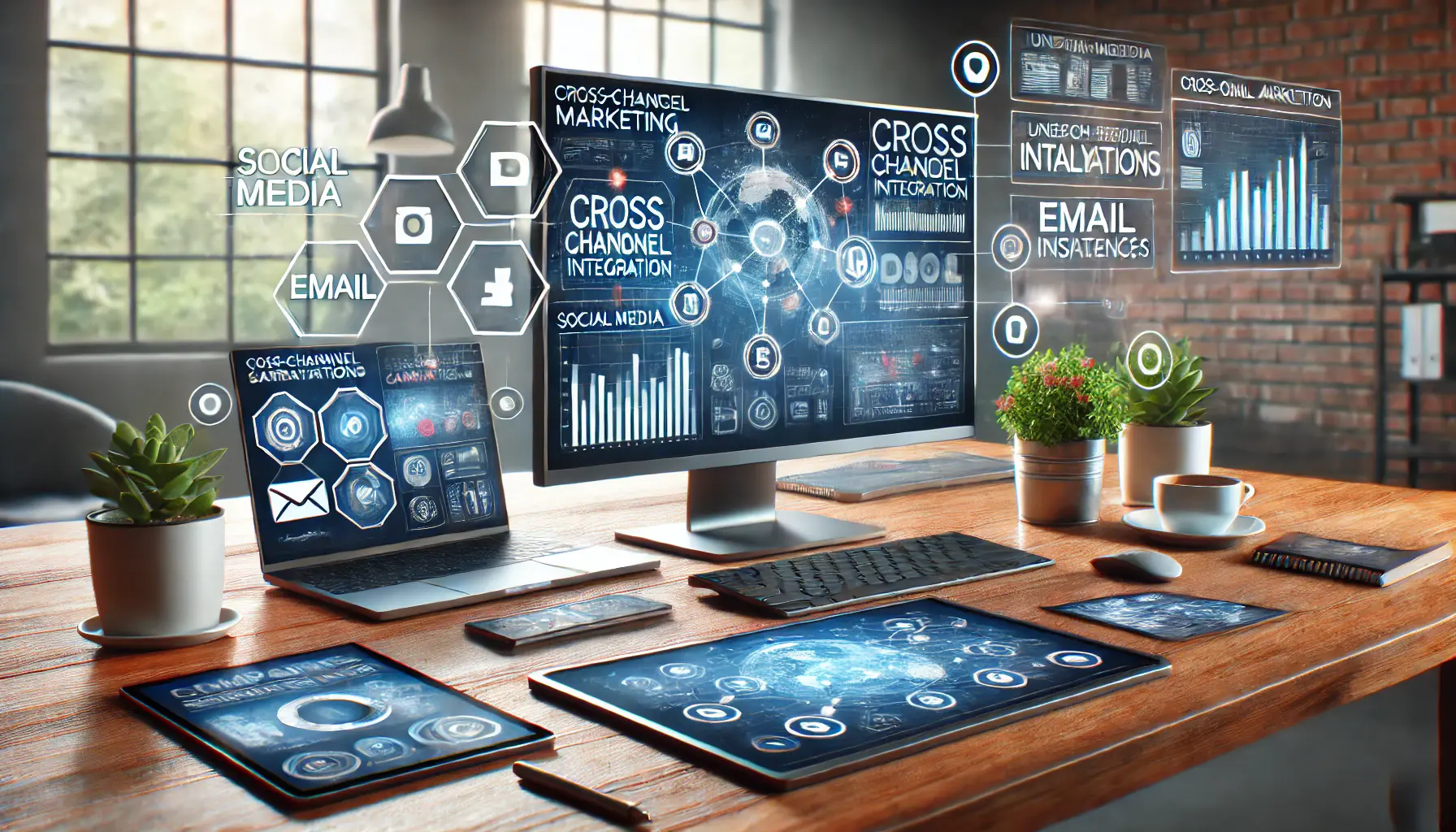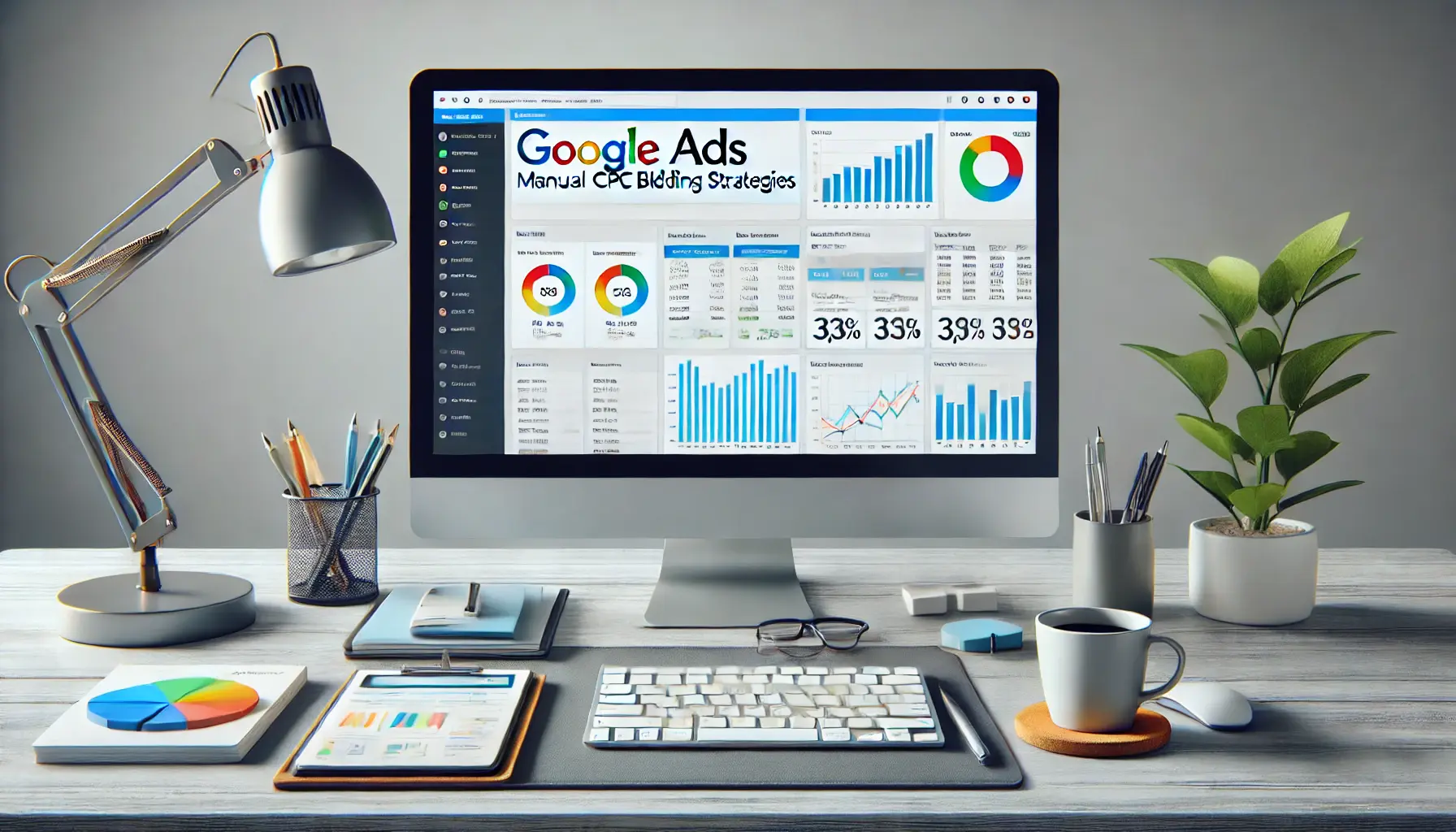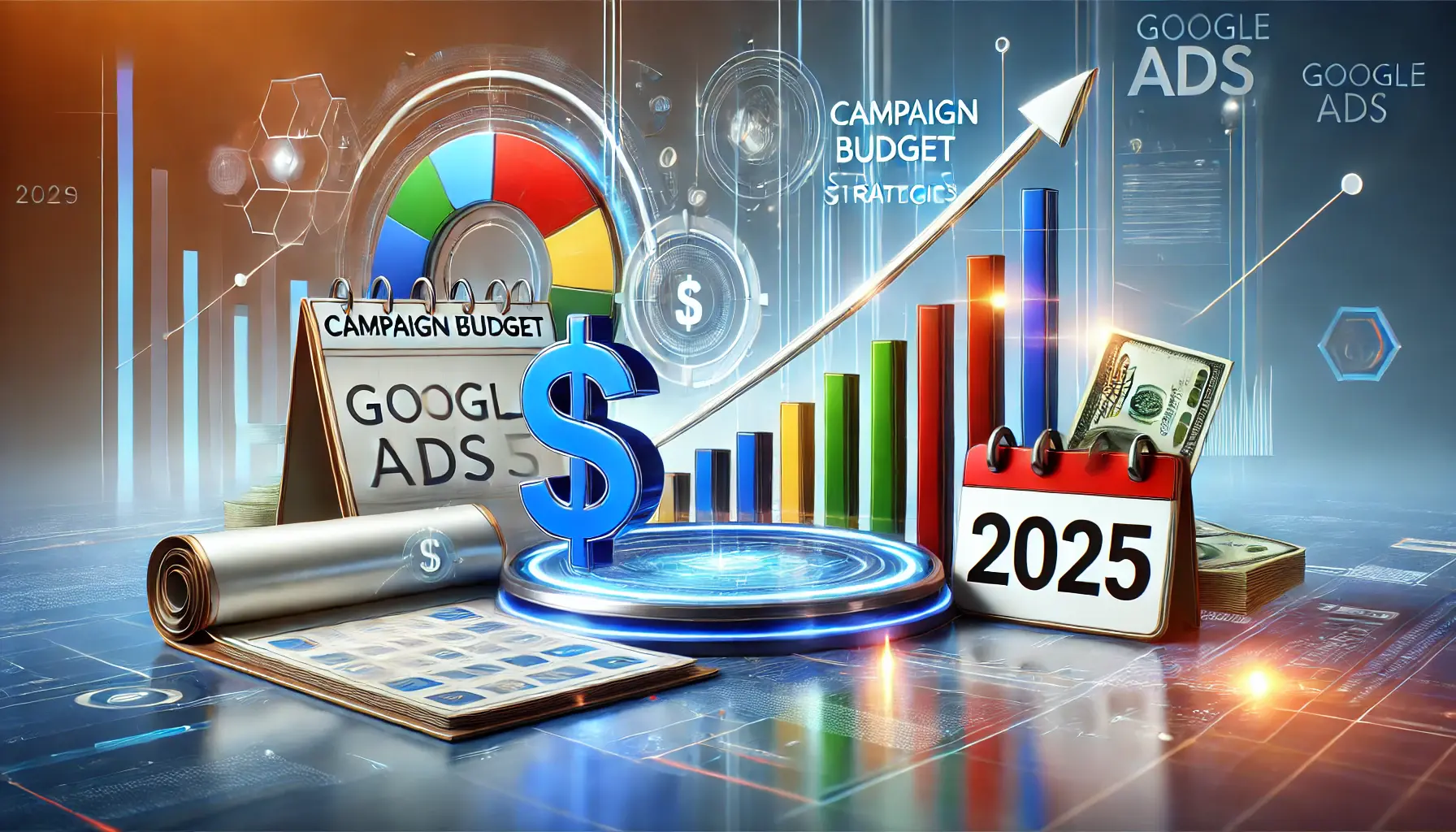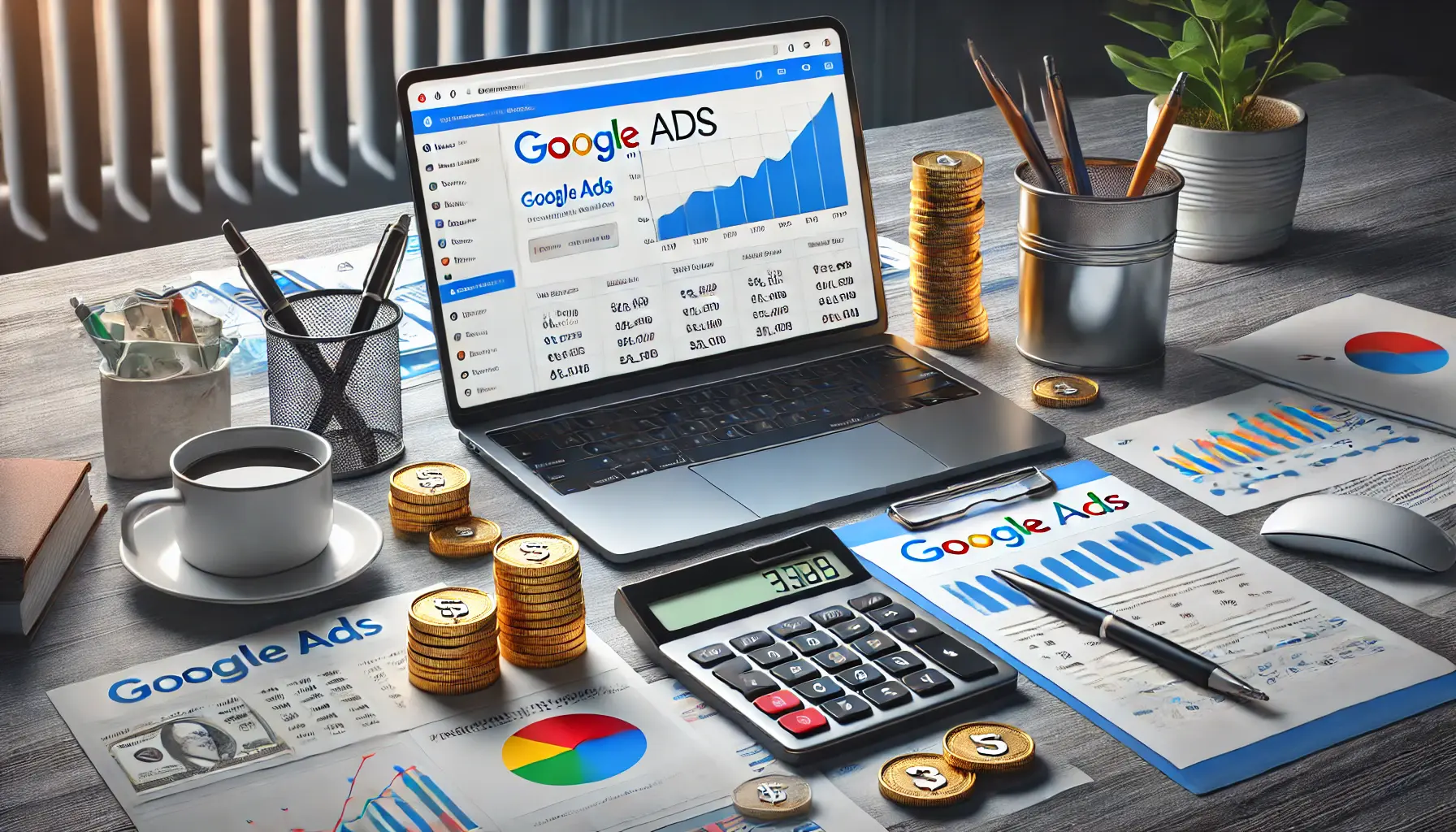In today’s fast-paced digital marketing space, clearly defined ad campaign goals are pivotal to success.
Without well-defined goals, your advertising can easily go off on a tangent and result in wasted resources and lost opportunities.
By setting specific goals, you not only chart the direction for your campaigns but also set yardsticks to measure their success.
Let’s delve into the importance of ad campaign goals and how they align with your business objectives.
- Understanding the Importance of Ad Campaign Goals
- Types of Ad Campaign Goals in Digital Marketing
- How to Set Effective Ad Campaign Goals
- Best Practices for Achieving Ad Campaign Goals
- Measuring and Analyzing Ad Campaign Performance
- Summary: Achieving Your Ad Campaign Goals
- Ad Campaign Goals: Frequently Asked Questions
Understanding the Importance of Ad Campaign Goals
Setting ad campaign goals is the foundation of any successful marketing strategy.
These goals serve as a guiding light, ensuring that every action taken contributes to your overarching business objectives.
Without clear goals, it’s challenging to gauge the success of your campaigns or make informed decisions about future strategies.
When you define your ad campaign goals, consider the following aspects:
- Setting Ad Campaign Objectives: Distinctly state what you are trying to accomplish with your ads. Do you want to raise awareness of your brand, drive traffic to your site, or generate sales?
- Why to Set Objectives: Setting objectives directs and focuses your campaign so that you can manage resources effectively and measure your campaign’s success.
- Align Goals with Business Objectives: Ensure that your ad campaign goals are in line with your overall business objectives to build a cohesive strategy that fuels growth.
By focusing on these areas, you can create an ad campaign that is highly effective and aligns well with your company’s mission and vision.
The more clear and focused your goals, the better chance you have to achieve them.
Setting clear ad campaign goals provides direction, helps manage resources effectively, and ensures alignment with broader business objectives.

A symbolic representation of the types of ad campaign goals in digital marketing.
Types of Ad Campaign Goals in Digital Marketing
Establishing clear ad campaign goals is essential for guiding your marketing efforts and measuring success.
In digital marketing, these goals typically fall into several key categories:

A visual representation of brand awareness highlighting visibility and audience engagement.
Brand Awareness
Brand awareness aims to increase recognition and visibility of your brand among potential customers.
This goal is crucial for new product launches or entering new markets.
Strategies to enhance brand awareness include:
- Display Advertising: Using visually catchy ads on websites and social media to draw attention to your brand.
- Content Marketing: Creating informative content that is relevant and useful for your target audience to raise brand awareness.
- Social Media Campaigns: Interacting with users via platforms like Facebook, Instagram, and Twitter to extend visibility for your brand.

A professional illustration of lead generation in digital marketing.
Lead Generation
Lead generation focuses on attracting potential customers and collecting their information for future marketing efforts.
Effective lead generation strategies include:
- Landing Pages: Designing targeted pages that encourage visitors to provide their contact information.
- Email Marketing: Offering valuable content or promotions in exchange for email subscriptions.
- Webinars and Events: Hosting online events that require registration, allowing you to gather leads.

A dynamic depiction of sales and conversions in digital marketing.
Sales and Conversions
This objective is about generating purchases or other specific actions that contribute to revenue.
Sales and conversions can be increased by:
- Search Engine Marketing (SEM): Leveraging paid search to capture high-intent customers actively looking for your products or services.
- Retargeting Campaigns: Engaging users who have visited or interacted with your brand but have not converted.
- Optimized Product Pages: Making your website’s product pages more user-friendly and persuasive to improve conversions.

An engaging visual representation of customer interaction and loyalty in digital marketing.
Customer Engagement
Customer engagement involves building relationships with your audience to foster loyalty and repeat business.
To enhance engagement, you can use the following strategies:
- Social Media Interaction: Regularly responding to comments and messages to build a community around your brand.
- Personalized Email Campaigns: Sending tailored content to subscribers based on their preferences and behaviors.
- Loyalty Programs: Establishing rewards programs that drive repeat purchases and brand advocacy.
By identifying specific ad campaign goals, you can develop targeted strategies to meet those objectives and effectively drive your business forward.
Ad campaign goals such as brand awareness, lead generation, sales, and customer engagement guide your marketing strategies and enhance effectiveness.

A visual representation of setting effective ad campaign goals in a modern digital marketing workspace.
How to Set Effective Ad Campaign Goals
Establishing clear and actionable ad campaign goals is essential for the success of your marketing efforts.
Well-defined objectives provide direction, facilitate resource allocation, and serve as benchmarks for measuring performance.
Here’s how you can set effective ad campaign goals:

A depiction of utilizing the SMART framework for goal setting in a modern and structured workspace.
Utilizing the SMART Framework
Applying the SMART criteria ensures that your goals are:
- Specific: Clearly define what you are trying to accomplish. For example, instead of “increase website traffic,” specify “increase website traffic by 20% over the next three months.”
- Measurable: Identify ways to measure progress and mark success. Key performance indicators (KPIs) such as click-through rates, conversion rates, or return on ad spend can be particularly useful.
- Achievable: Be realistic with your goals, taking into account resources and market conditions. Ambitious yet reachable goals motivate teams to ensure high performance.
- Relevant: Ensure that your goals contribute to broader business objectives. For instance, if your business aims to increase its customer base, focus efforts on lead generation or building brand awareness.
- Time-bound: Assign a clear timeframe for achieving your goals, such as “within the next quarter” or “by the end of the year.”

A depiction of the process of identifying a target audience in digital marketing.
Identifying Your Target Audience
Identifying your target audience is essential for setting appropriate ad campaign goals.
Consider the following steps:
- Market Research: Conduct research to gather data about the age group, interests, and behaviors of your potential customers.
- Buyer Personas: Develop detailed profiles representing your ideal customers to tailor your advertising messages effectively.
- Segmentation: Divide your audience into segments based on specific criteria to create more personalized and targeted campaigns.

A visual representation of selecting appropriate metrics for digital marketing campaigns.
Selecting Appropriate Metrics
Choosing the right metrics is vital for evaluating the success of your ad campaigns.
Depending on your objectives, consider the following:
- Brand Awareness: Track metrics like reach, impressions, and social media mentions.
- Lead Generation: Monitor the number of leads generated, cost per lead, and lead conversion rates.
- Sales and Conversions: Analyze conversion rates, sales revenue, and return on investment (ROI).
- Customer Engagement: Evaluate engagement metrics like likes, comments, shares, and click-through rates.

A representation of aligning objectives with ad campaign strategies in digital marketing.
Aligning Objectives with Ad Campaign Strategy
Ensure that your ad campaign goals align with your overall marketing strategies:
- Consistency: Communicate a cohesive message across all marketing channels to reinforce your brand identity.
- Resource Allocation: Allocate your budget and resources in line with the priorities of your goals.
- Flexibility: Be prepared to adjust your strategies based on performance data and changing market dynamics.
By following these steps, you can set effective ad campaign goals that provide clear direction for your marketing efforts and significantly increase the probability of achieving your business objectives.
Using the SMART framework ensures your ad campaign goals are Specific, Measurable, Achievable, Relevant, and Time-bound.

A visual guide to best practices for achieving ad campaign goals.
Best Practices for Achieving Ad Campaign Goals
Implementing effective strategies is crucial to achieving your ad campaign goals.
By following best practices, you can enhance your campaign’s performance and maximize return on investment (ROI).
Here are key strategies to consider:

A visual representation of continuous monitoring and optimization in digital marketing.
Continuous Monitoring and Optimization
Regularly reviewing your campaign’s performance allows you to identify areas for improvement and make data-driven decisions.
Key actions include:
- Performance Analysis: Use analytics tools to track metrics such as click-through rates (CTR), conversion rates, and cost per acquisition (CPA).
- A/B Testing: Experiment with different ad creatives, headlines, and calls to action to determine what resonates best with your audience.
- Budget Adjustment: Allocate more resources to high-performing ads and reconsider underperforming ones.

A visual representation of audience targeting and segmentation in digital marketing.
Audience Targeting and Segmentation
Understanding and segmenting your audience allows for more personalized and effective advertising.
Strategies include:
- Demographic Targeting: Target users based on their age, gender, location, and other demographic factors.
- Behavioral Targeting: Focus on users’ online behaviors, such as past purchases or browsing history.
- Lookalike Audiences: Expand your reach by targeting audiences similar to your current customers.

A visual representation of ad creative and messaging in digital marketing.
Ad Creative and Messaging
Compelling ad creatives and clear messaging are essential for capturing your target audience’s attention and ensuring engagement.
Consider the following:
- Visual Appeal: Use high-quality images or videos that align with your brand identity and resonate with your target audience.
- Clear Call to Action (CTA): Encourage users to take specific actions with short and persuasive CTAs.
- Consistency: Align your ad copy and visuals with your landing pages to ensure a cohesive user experience across touchpoints.

A visual representation of leveraging automation and AI tools in digital marketing.
Leveraging Automation and AI Tools
Automation and AI can scale campaign management for improved performance.
Approaches include:
- Automated Bidding: Utilize AI-powered bidding strategies to optimize bids in real time for better results.
- Dynamic Creative Optimization: Automatically generate and test multiple ad variations to identify top performers.
- Chatbots and Virtual Assistants: Implement AI-driven tools to interact with users and provide personalized experiences.

A visual representation of cross-channel integration in digital marketing.
Cross-Channel Integration
Integrating your ad campaigns across multiple channels ensures a cohesive brand presence and maximizes reach.
Strategies include:
- Coordinated Messaging: Align your messaging across channels to reinforce your campaign objectives.
- Unified Analytics: Consolidate data from various channels to gain comprehensive insights into campaign performance.
By implementing these best practices, you can effectively work towards achieving your ad campaign goals and drive meaningful results for your business.
Continuously monitor performance, optimize audience targeting, and use automation tools to refine your campaigns and achieve goals effectively.

A visual representation of measuring and analyzing ad campaign performance in digital marketing.
Measuring and Analyzing Ad Campaign Performance
Effectively measuring and analyzing your ad campaign performance is crucial for understanding the impact of your marketing efforts and making informed decisions to optimize future campaigns.
By focusing on key metrics and employing best practices, you can gain valuable insights into how well your campaigns are achieving your ad campaign goals.

A visual representation of key metrics to monitor in ad campaigns.
Key Metrics to Monitor
Measuring the right metrics empowers you to understand various levels of performance for your campaigns.
For example:
- Impressions: The total number of times an ad is shown, representing its reach and visibility.
- Click-Through Rate (CTR): The percentage of viewers who click on your ad, indicating its relevance and appeal.
- Conversion Rate (CVR): The percentage of clicks that result in a desired action, such as a purchase or sign-up, measuring the ad’s effectiveness in driving outcomes.
- Cost Per Acquisition (CPA): The average cost to acquire a customer through the ad, helping evaluate cost-effectiveness.
- Return on Ad Spend (ROAS): The revenue generated for every dollar spent on the ad, indicating overall profitability.

A visual representation of best practices for performance analysis in digital marketing.
Best Practices for Performance Analysis
The following practices will help improve your ability to measure and analyze the performance of an ad campaign:
- Set Clear Objectives: Establish clear, quantifiable, achievable, relevant, and time-bound (SMART) objectives to provide a focused basis for evaluation.
- Utilize Analytics Tools: Use tools like Google Analytics, Facebook Ads Manager, or other ad tracking software for data collection and analysis.
- Conduct A/B Testing: Test different ad variations to determine which elements resonate best with your audience and drive desired outcomes.
- Monitor Performance Regularly: Continuously track your campaign metrics to identify trends, measure progress toward goals, and make timely adjustments as needed.
- Analyze Audience Engagement: Assess how your target audience interacts with your ads to gain insights into their preferences and behaviors, enabling more effective targeting.

A visual representation of interpreting results and making data-driven decisions in digital marketing.
Interpreting Results and Making Data-Driven Decisions
Analyzing your campaign data enables you to make informed decisions to enhance performance:
- Identify Strengths and Weaknesses: Determine which aspects of your campaign are performing well and which need improvement.
- Optimize Budget Allocation: Redirect resources toward high-performing ads or channels to maximize ROI.
- Refine Targeting Strategies: Adjust your audience segmentation based on performance data to better reach and engage potential customers.
- Improve Creative Elements: Leverage insights from performance metrics to enhance ad creatives, messaging, and calls to action for improved performance.
By diligently measuring and analyzing your ad campaign performance, you can ensure that your marketing efforts are well-aligned with your ad campaign goals, guaranteeing better results and a greater return on investment.
Tracking metrics like impressions, CTR, conversion ratesThe percentage of users who complete a desired action, such as making a purchase., and ROAS helps evaluate campaign success and improve future strategies.

A visual representation summarizing the achievement of ad campaign goals.
Summary: Achieving Your Ad Campaign Goals
Throughout this article, we’ve explored the key strategies and best practices for setting, achieving, and analyzing ad campaign goals.
From understanding the importance of well-defined objectives to implementing actionable strategies, these insights provide a roadmap for driving successful digital marketing campaigns.

undefined
Why Setting Ad Campaign Goals Matters
Setting clear and specific goals is the cornerstone of any successful advertising campaign.
By defining objectives that are measurable, achievable, relevant, and time-bound, you lay the foundation for targeted and effective marketing efforts.
Whether the aim is brand awareness, lead generation, or sales conversions, well-structured goals ensure alignment with broader business objectives.

undefined
Key Strategies for Success
Implementing the right strategies for your ad campaign goals ensures meaningful results.
Here’s a summary of some essential steps:
- Setting SMART Goals: SMART, or Specific, Measurable, Achievable, Relevant, and Time-bound goals, keep your campaigns focused and results-driven.
- Audience Segmentation: Understanding and targeting your audience ensures personalized and effective advertising.
- Creative and Messaging Excellence: High-quality visuals combined with clear calls to action capture attention and drive engagement.
- Automation Leveraging: AI tools and automated bidding strategies streamline campaign management and improve efficiency.
- Cross-Channel Integration: Consistent branding and messaging across platforms ensure maximum reach and impact.

A visual representation of performance analysis and refining in digital marketing.
Performance Analysis and Refining
Measuring and analyzing your ad campaign performance is just as important as setting it up.
Tracking key metrics such as impressions, click-through rates, and return on ad spend (ROAS) enables you to evaluate performance effectively.
Regular analysis helps identify strengths, address weaknesses, and optimize strategies for future success.

A visual representation of the final thoughts on ad campaign goals, summarizing performance and insights.
Final Thoughts on Ad Campaign Goals
An ad campaign should be clearly planned, consistently executed, and continuously improved.
Align your advertising efforts precisely with business objectives, leverage modern tools and techniques, and adapt to ever-evolving trends.
Doing so will drive meaningful results while maximizing your return on investment.
In this ever-evolving digital marketing landscape, staying focused on your ad campaign goals ensures that your strategies remain effective and impactful, helping your business achieve sustained growth and success.
Effective goal-setting, creative strategies, and continuous optimization are key to successful ad campaigns and long-term business growth.

A visual representation of frequently asked questions about ad campaign goals in digital marketing.
Your campaigns can be managed by an agency specialized in Google Ads, check out our service page.
Ad Campaign Goals: Frequently Asked Questions
Understanding ad campaign goals is crucial for effective marketing.
Here are some common questions and concise answers to help clarify key concepts.
The main objectives include increasing brand awareness, generating leads, driving sales, and enhancing customer engagement.
Align your ad campaign goals with your business objectives, target audience, and desired outcomes to choose the most suitable goal.
Specific goals provide direction, facilitate performance assessment, and ensure proper allocation of resources.
SMART stands for Specific, Measurable, Achievable, Relevant, and Time-bound.
These features guide the setting of effective goals.
Monitor key performance indicators (KPIs) such as click-through rates, conversion rates, and return on ad spend (ROAS).
Audience targeting ensures your ads reach the right people, increasing relevance and overall campaign effectiveness.
Regularly assess performance data and adjust goals as needed to respond to market changes and improve results.
While possible, focusing on one primary goal per campaign often yields better results and clearer insights.
Avoid setting vague, unrealistic, or unmeasurable goals, as these hinder effective strategy development and evaluation.














